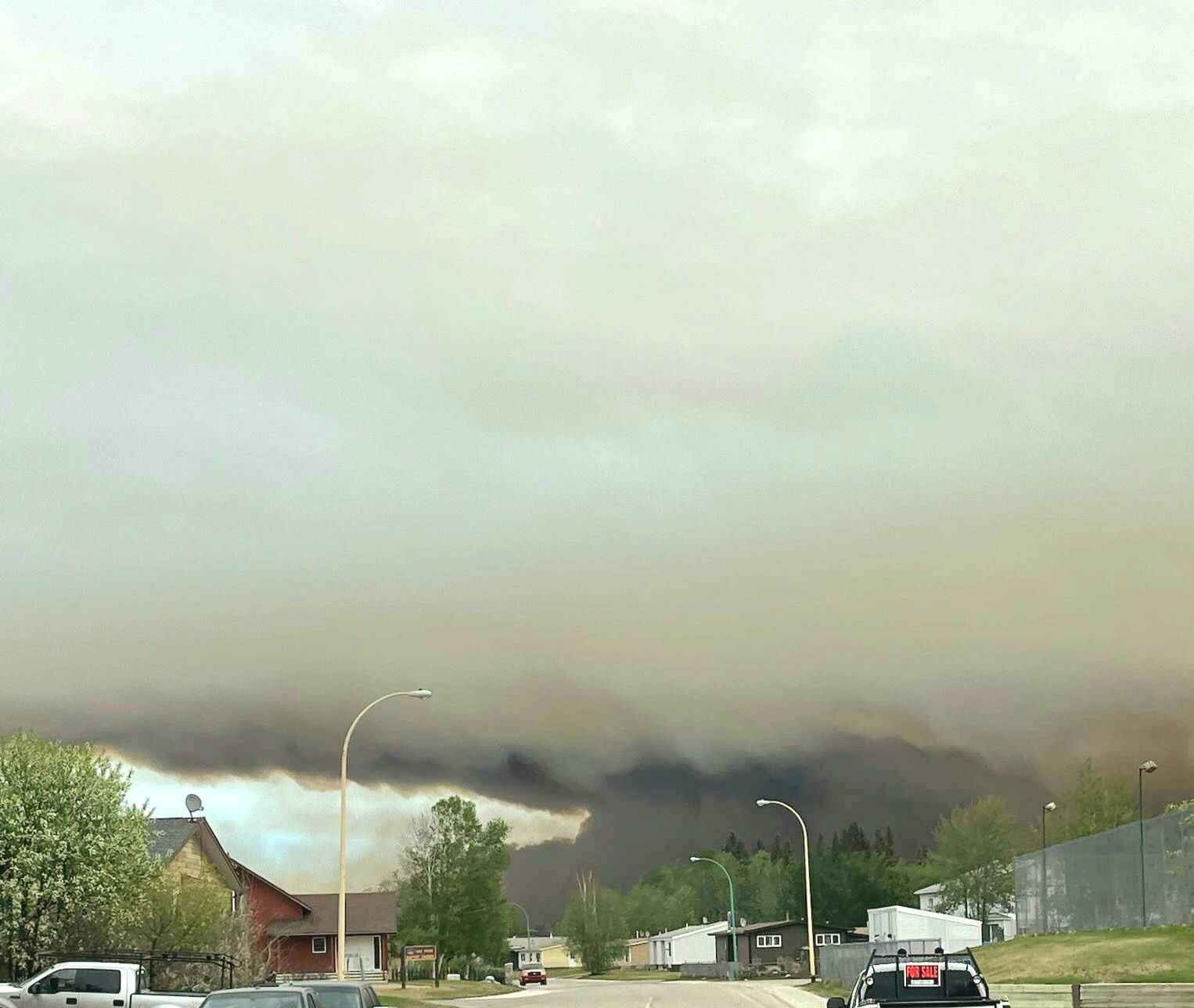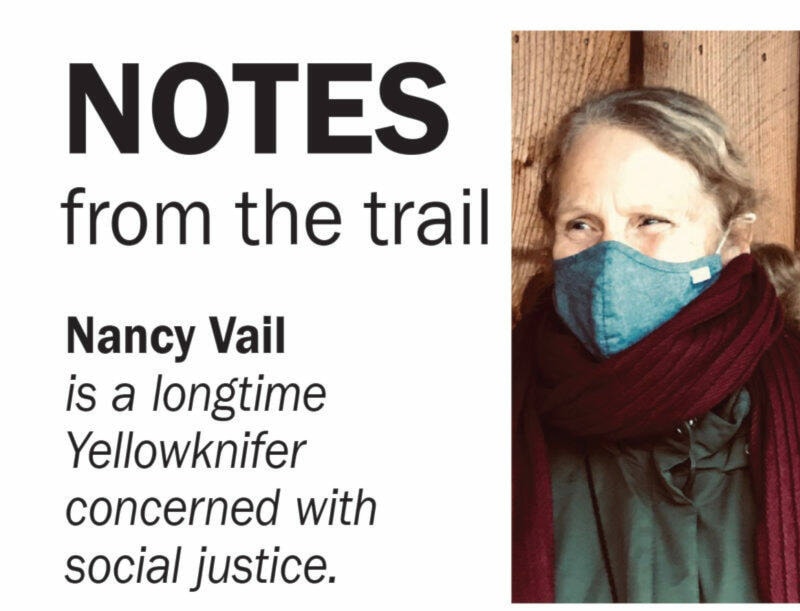What most of us feared started with the first flickers of flames showing themselves just outside of Hay River on Mother’s Day.
We had all been told to be careful as wildfire conditions were extreme in the southern part of the territory thanks to high high heat. Many watched in horror as the number of fires in northern Alberta escalated daily with up to 10 new ones added everyday. At least 20 per cent continue to burn out of control with residents in some Alberta communities taking matters into their own hands in a last ditch attempt to save their property. They felt they could not wait for already over-taxed firefighters to help them.

While we watched events unfold down there, we in the North braced ourselves. NWT Fire had been warning for some time that heat conditions were tinderbox dry and it was contingent on all of us to monitor our outdoor activities. We knew that one small spark could put us in the eye of the storm too.
On Sunday, Mother’s Day, someone somewhere did not heed that advice and now scores of people on the Katl’odeeche First Nations reserve by Hay River may have lost their homes to flames. Late that night, an evacuation order was issued after the fire jumped the river heading to town. At 12.30 a.m. residents were told to go — now. The fire could not be contained and fire crews had to pull back.
The smoke and darkness reduced visibility to zero and winds whipped the flames into a frenzy putting firefighters and anyone who remained behind at risk. This human-caused fire was now life threatening. Evacuees started arriving in Yellowknife as early as 5 a.m. Government personnel and others helping out had been at the Multiplex all night preparing for the evacuees. Though many had not recovered from last year’s floods, they were once again climate change municipal refugees. Once again, they were forced to bed down in cots where they had stayed during the flooding.
At this time of writing, late Monday morning, the Hay River fire is still considered out of control. The drawn and haggard faces of some arriving at the Multiplex reflect the despair of those who may have lost everything or close to it. The life-long memories of some now gone in flames that went from few sparks to a fierce fire within a few hours.
This is the second hottest May on record and we are only half way through the month. This means we could surpass the 1973 heat wave, setting a bar no one wanted to cross, and a repeat of the deadly fires that tore through the territory in 2014.
Contributing to our collective sadness is the realization that it is birthing and hatching season in the wild. If the fires are not contained quickly, the animals will suffer greatly, too. Some already have. Our carbon-emitting lifestyle is affecting everything.
Adding to frayed nerves and growing concern is the realization that fire fighting crews are in high demand across Canada. We know fires are raging in British Columbia as well as Alberta. The need for people able to help fight them is high. More resources are needed than what we have available. Alberta is calling for volunteers for two weeks. This means that if fires get out of control here again, we might not have the outside support we need.
Here in Yellowknife, we see many new faces and vehicles on the streets and while the food supply remains strong, we can’t help but wonder if this will put more stress on vulnerable supply chain. Fire hurts in so many ways.
That is why it is contingent on all of us to be fire smart. Fires kill. They rob people of their homes. They steal country food and destroy precious vegetation. Funds that could be used to enhance infrastructure such as housing might have to be diverted to bring conditions back into balance. This kind of catastrophe is what we cause when we don’t live with care.
The Hay River fire is a tragedy unfolding and it’s made worse knowing it was caused by we humans.
This is a call to each of us to live with more mindfully or we risk losing it all.
